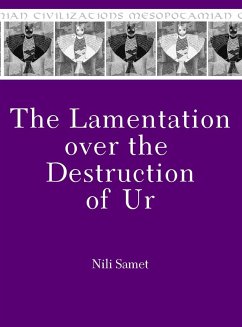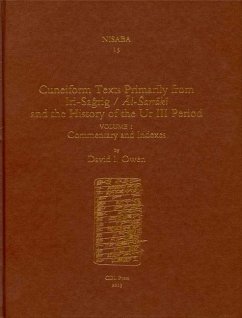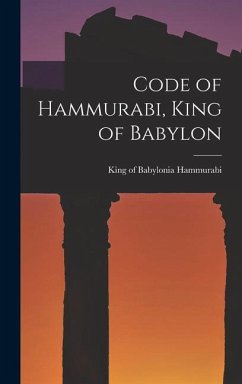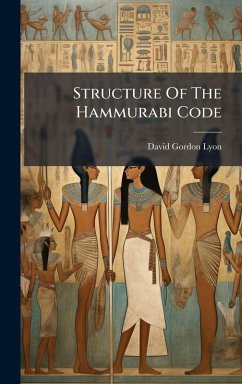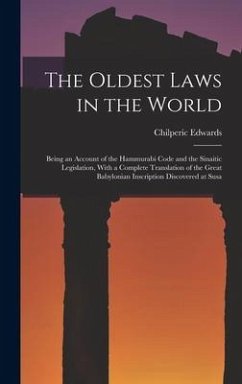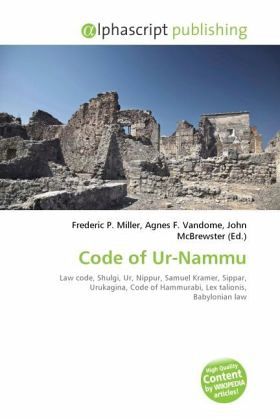
Code of Ur-Nammu
Versandkostenfrei!
Versandfertig in 6-10 Tagen
23,99 €
inkl. MwSt.

PAYBACK Punkte
12 °P sammeln!
High Quality Content by WIKIPEDIA articles! The Code of Ur-Nammu is the oldest known tablet containing a law code surviving today. It was written in the Sumerian language ca. 2100-2050 BC. Although the preface directly credits the laws to king Ur-Nammu of Ur (2112-2095 BC), some historians think they should rather be ascribed to his son Shulgi. The first copy of the code, in two fragments found at Nippur, was translated by Samuel Kramer in 1952; owing to its partial preservation, only the prologue and 5 of the laws were discernible. Further tablets were found in Ur and translated in 1965, allo...
High Quality Content by WIKIPEDIA articles! The Code of Ur-Nammu is the oldest known tablet containing a law code surviving today. It was written in the Sumerian language ca. 2100-2050 BC. Although the preface directly credits the laws to king Ur-Nammu of Ur (2112-2095 BC), some historians think they should rather be ascribed to his son Shulgi. The first copy of the code, in two fragments found at Nippur, was translated by Samuel Kramer in 1952; owing to its partial preservation, only the prologue and 5 of the laws were discernible. Further tablets were found in Ur and translated in 1965, allowing some 40 of the 57 laws to be reconstructed. Another copy found in Sippar contains slight variants. Although it is known that earlier law-codes existed, such as the Code of Urukagina, this represents the earliest legal text that is extant. It predated the Code of Hammurabi by some three centuries. The laws are arranged in casuistic form of if-(crime), then-(punishment) a pattern to be followed in nearly all subsequent codes.






